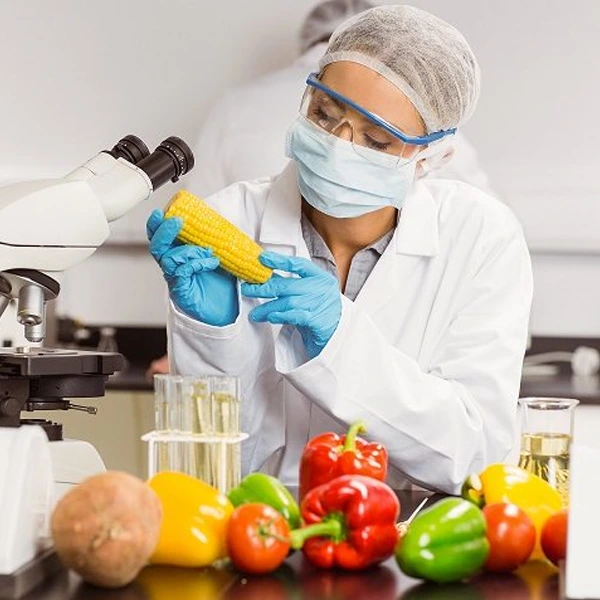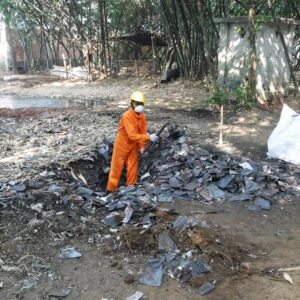Description
Each of these contaminants also form compounds with other organic entities, which vary in chemical properties and levels of toxicity to humans, when ingested. This is why metal contamination in foods has become a global health concern.
Long term use of contaminated water for irrigation can cause accumulation of these metals in soil which can be translocated to food crops and thus enter the food chain. Awareness with regard to heavy metal contamination in food has increased worldwide. Chemical exposure incidents in communities need utmost attention to curb metal toxicity. Internationally, to protect against high exposures of metal contaminants, the Codex Alimentarius Commission has set limits for these metals in food commodities. At the national level, FSSAI has also prescribed maximum limits for metal contaminants in various foodstuffs. This guidance note briefly describes the sources, exposure pathways, toxicity and measures that could be undertaken by the stakeholders in assuring safe food to the consumers.



